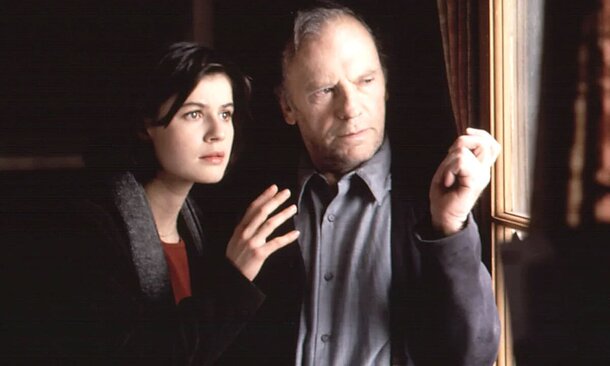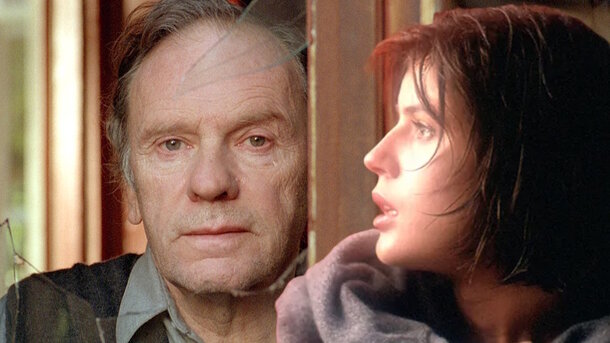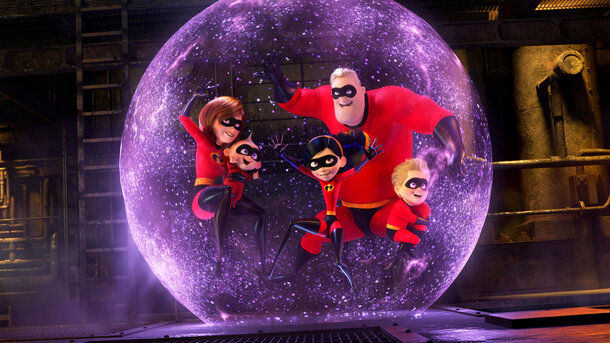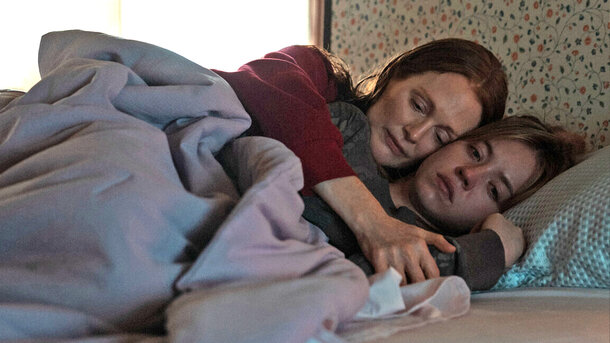Released in 1994, Three Colours: Red is the final chapter in Krzysztof Kieslowski’s acclaimed Three Colours trilogy, set in the picturesque city of Geneva, Switzerland. This visually stunning film is a meditation on human connection, chance encounters, and unseen bonds that tie us together.
The Story Behind Three Colours: Red
The story follows Valentine, a young model played by Irène Jacob, whose life intersects with a retired judge (Jean-Louis Trintignant) after she accidentally injures his dog. As their relationship deepens, Valentine discovers that the judge eavesdrops on his neighbors' phone calls, sparking profound questions about privacy, morality, and redemption. The film’s narrative delicately weaves their lives with those of other characters, highlighting how seemingly random moments can ripple through time and space.
Three Colours: Red is not just about the friendship between Valentine and the judge; it's about the invisible threads that connect us all. Kieslowski uses the color red to symbolize fraternity, passion, and destiny, creating a cinematic tapestry that is as thought-provoking as it is visually arresting.

Why Three Colours: Red Still Resonates
Did you know? The film was nominated for three Academy Awards, including Best Director, Best Original Screenplay, and Best Cinematography, cementing Kieslowski’s legacy in world cinema. The setting in Geneva adds a layer of charm and realism, grounding the film’s ethereal themes in a tangible world.
For those wondering what Three Colours: Red is about, it is a profound exploration of human relationships, chance encounters, and the search for meaning in a seemingly chaotic world. Its release in 1994 marked the end of an era for Kieslowski, who retired from filmmaking after completing the trilogy.

If you’re looking to immerse yourself in a film that blends visual poetry with deep philosophical questions, Three Colours: Red is a must-watch. Its setting in Geneva, timeless themes, and brilliant performances make it a classic that continues to resonate with audiences worldwide.











